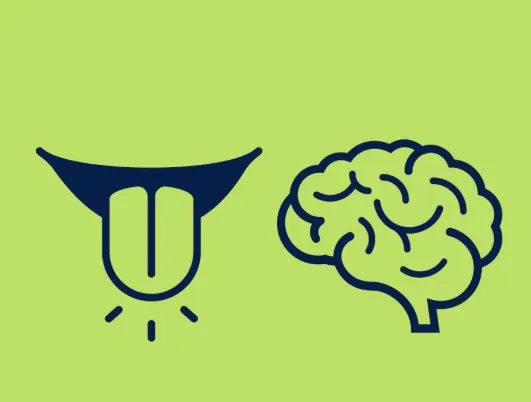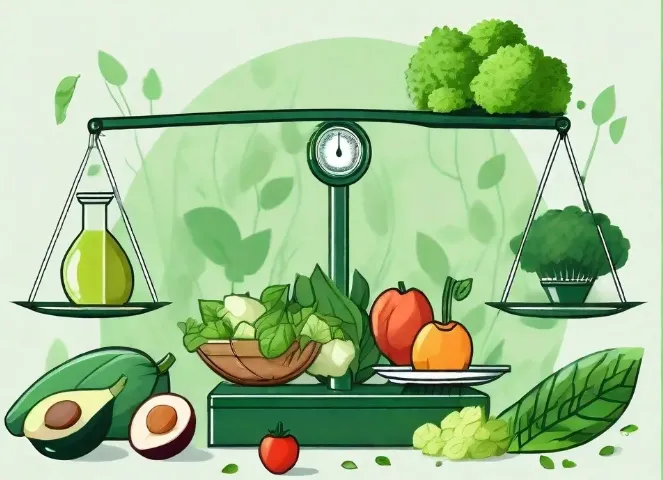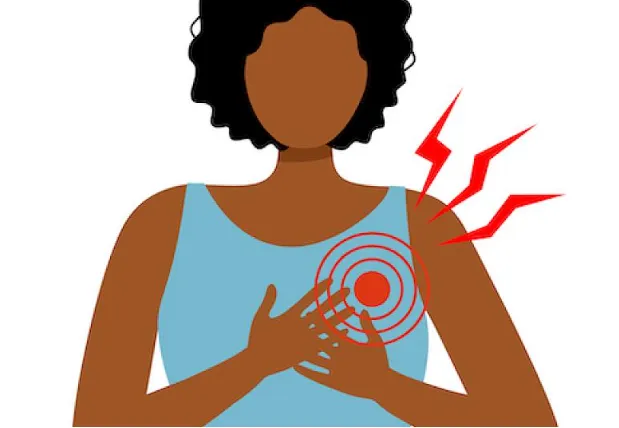How Our Sense of Taste Influences Eating Speed – Unlocking New Weight Loss Strategies

The speed at which we eat plays a significant role in how much food we consume and, ultimately, how our bodies manage weight. While many factors affect our eating habits, one often overlooked element is our sense of taste. Our taste buds not only influence what foods we enjoy but also how quickly we consume them, and understanding this relationship could offer new avenues for tackling weight loss.
The Connection Between Taste and Eating Speed
Our sense of taste primarily detects five basic flavors: sweet, salty, sour, bitter, and umami. Research has shown that these tastes influence the speed of eating in complex ways. For instance, foods that are perceived as more pleasurable, like sweet and savory dishes, can lead to faster eating. On the other hand, bitter and sour flavors tend to slow down consumption, likely due to their more intense or acquired tastes.
In recent studies, scientists have explored how our brain processes taste and how this can dictate not only food preferences but also how we pace our meals. The faster we eat, the more likely we are to overeat because our body doesn’t have enough time to register fullness signals. This is particularly problematic in today's fast-paced society where hurried meals are common.
Implications for Weight Loss
If we can better understand how taste affects eating pace, it could help create new strategies for controlling overeating. For example, focusing on the sensation of taste may encourage people to eat more slowly, thereby allowing their bodies to recognize satiety before overeating occurs. Additionally, manipulating the sensory experience of food—through flavor combinations or texture—could help manage food intake without the need for drastic calorie reduction.
Studies suggest that mindful eating, which involves paying close attention to the flavors and textures of food, may improve how we gauge hunger and fullness cues. By slowing down and savoring the experience of eating, people may naturally reduce their food intake. This simple yet effective approach has been shown to support weight management and improve overall health.
Practical Applications for Weight Loss
To leverage the connection between taste and eating speed, individuals can try the following strategies:
1. Savor Every Bite – Take the time to enjoy the flavors and textures of food. Chewing slowly can improve digestion and help control portions.
2. Opt for Bitter and Sour Foods – Including more bitter and sour flavors in meals may naturally slow down eating and promote satiety.
3. Mindful Eating Practices – Setting aside distractions like TV or smartphones while eating can improve focus on food, helping to pace meals better.
4. Smaller Portions, More Flavors – Experimenting with smaller, flavor-packed meals can keep taste experiences interesting without encouraging overeating.
5. Focus on Texture – Foods with varied textures, such as crunchy vegetables or chewy whole grains, may increase the time it takes to finish a meal.
As more research is done on the intersection of taste and eating habits, it is possible that new dietary recommendations or products will emerge that help people eat slower and reduce overall calorie intake.
Relevant Companies and Websites
1. Mindful Eating Resources - https://www.mindfuleating.org
2. National Institute of Diabetes and Digestive and Kidney Diseases - https://www.niddk.nih.gov
3. Harvard T.H. Chan School of Public Health - Nutrition Source - https://www.hsph.harvard.edu/nutritionsource
4. The Academy of Nutrition and Dietetics - https://www.eatright.org
5. Weight Watchers (WW) - https://www.weightwatchers.com
6. American Heart Association - https://www.heart.org
7. Center for Disease Control and Prevention (CDC) - Healthy Weight - https://www.cdc.gov/healthyweight
8. The Obesity Society - https://www.obesity.org
9. Healthline - Nutrition - https://www.healthline.com/nutrition
10. Mayo Clinic - Nutrition and Healthy Eating - https://www.mayoclinic.org/healthy-lifestyle/nutrition-and-healthy-eating
HTML Table (Comparison of Taste and Eating Speed)
<table style="width:100%; border-collapse: collapse;">
<tr style="background-color: #f4f4f4; border: 1px solid #ddd;">
<th>Flavor Type</th>
<th>Effect on Eating Speed</th>
<th>Potential Impact on Weight Loss</th>
</tr>
<tr>
<td>Sweet</td>
<td>Increases eating speed</td>
<td>May lead to overeating due to faster consumption</td>
</tr>
<tr>
<td>Salty</td>
<td>Increases eating speed</td>
<td>Similar to sweet, may promote overeating</td>
</tr>
<tr>
<td>Sour</td>
<td>Slows eating speed</td>
<td>May promote satiety and slower eating</td>
</tr>
<tr>
<td>Bitter</td>
<td>Slows eating speed</td>
<td>May reduce overall food intake due to intensity</td>
</tr>
<tr>
<td>Umami</td>
<td>Neutral effect on eating speed</td>
<td>Can provide a satisfying experience, supporting controlled intake</td>
</tr>
</table>






